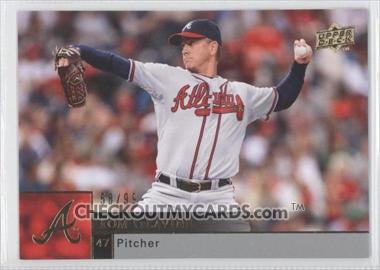One of the less well-noted happenings prior to the 2012 season was a change in one of the career pitching leaderboards. With the retirement of Tim Wakefield, there was a new active leader in career wild pitches, one Allan James Burnett.
A.J.’s ascension to the top rung was well-deserved, coming on the heels of 3 seasons with the spectacular aggregate total of 58 wild pitches. To put that number in perspective, at least five pitchers, at the time they became active leaders in this category, had compiled career wild pitch totals not exceeding A.J.’s three-year mark. For the curious, those players were Freddie Fitzsimmons (1935, 1942), Bill Hallahan (1935), Bump Hadley (1939), Johnny Allen (1942), and Warren Spahn (1959).
After the jump, a look at where A.J. fits into the pantheon of the game’s wildest hurlers.

